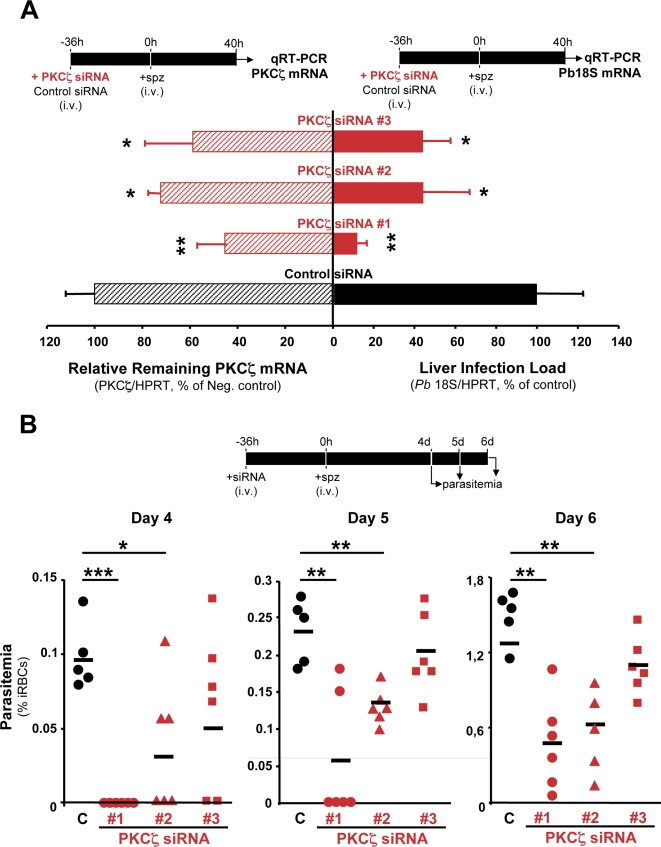Figure 5. In vivo PKCζ down-modulation reduces liver infection by Plasmodium sporozoites confirming the physiological relevance of RNAi screen results.
(A) Effect of siRNA-mediated in vivo silencing of PKCζ on mouse liver infection by P. berghei (solid bars) and on PKCζ mRNA levels (dashed bars). measured by qRT-PCR analysis of liver extracts taken 40 h after sporozoite i.v. injection. Mice were infected 36 h after RNAi treatment. Results are plotted as the percentage of the mean of negative control samples. “C”. The remaining mRNA levels for PKCζ were measured by qRT-PCR in the same liver samples. Results are expressed as the mean±s.d. of all mice in each group. Black bars represent the negative control (5 mice treated with luciferase-targeting siRNA). Red bars represent mice treated with the 3 independent siRNAs targeting the PKCζ gene (6 mice per siRNA). (B) Knock-down of PKCζ expression by RNAi delays the onset of blood stage infection. as measured by parasitemia (percentage of infected red blood cells. iRBC) quantification using flow cytometry. Each symbol represents one mouse. Black circles represent the negative controls (5 mice treated with luciferase-targeting siRNA). Red symbols represent the 6 mice treated with the 3 independent siRNAs targeting the PKCζ gene (6 mice per siRNA).

